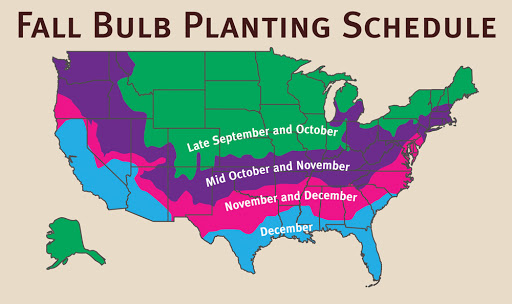We have been purchasing our bulbs from A.D.R. for many years now. As a contractor, the process to order bulbs for many different clients is easy and seamless. The website is a wonderful tool that we refer to quite often for product information, photos, and combination ideas. Our bulbs always arrive on time and wonderfully organized to make our installation much more efficient . The product is top notch and leaves our customers with wanting more and more each season.
Ashley Marrin
, Bret-Mar Landscape
« Previous Plant | Next Plant »
Lycoris Spider Lily 'Albiflora'
Spider Lily
Lycoris albiflora, commonly known as White Spider Lily, is a bulbous perennial that reaches 18 to 24 inches in height. It produces umbels of 6 to 8 glistening white flowers with elegantly curled petals and exceptionally long stamens, blooming in late summer to early fall. Some petals may display a narrow creamy-pink stripe that fades to white with age.
This species thrives in full sun to light shade and prefers organically rich, well-drained soil that dries out in summer. It is deer-resistant and attracts butterflies and hummingbirds, making it a lovely addition to borders, cottage gardens, and large containers.
Lycoris Calculator
When should I plant Lycoris Spider Lily 'Albiflora'?

Growing and Maintenance Tips for Lycoris Spider Lily 'Albiflora'
Planting: Plant bulbs in late summer to early fall (September–October) so roots can establish before winter dormancy. Set bulbs 4 to 6 inches deep and 6 to 9 inches apart, with the neck just above soil level.
Location: Full sun to partial shade. Choose a spot with good drainage—Lycoris dislike soggy soil, especially in summer.
Soil: Well-drained, moderately fertile soil with a neutral to slightly acidic pH (6.0–7.0). Amend heavy soils with compost or grit.
Watering: Water after planting to settle soil. During active growth (spring foliage or fall bloom), keep soil lightly moist. Withhold water during summer dormancy.
Temperature: Hardy in USDA zones 6–9. In colder zones, mulch in late fall for added protection.
Fertilization: Apply compost or a balanced fertilizer in early spring as foliage emerges. Avoid feeding during dormancy.
Pruning: Allow foliage to die back naturally in late spring—it fuels next year’s bloom. Remove spent flower stalks after blooming.
Propagation: Naturalizes by offsets. Divide clumps every 4–5 years in late summer if overcrowded.
Pest & Disease: Generally pest-free. Good drainage prevents bulb rot.
Plant Characteristics
Additional Information
| Height | 18 Inches |
| Spread | 12-18 Inches |
| Spacing | 12 Inches |
| Hardiness Zone | 7-10 |
| Color |
White |





Check back soon for additional details.